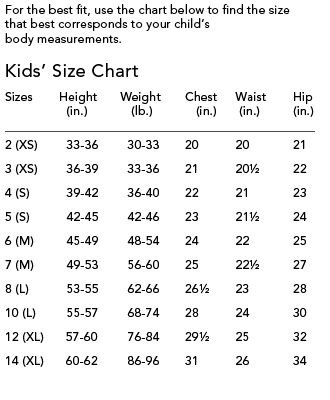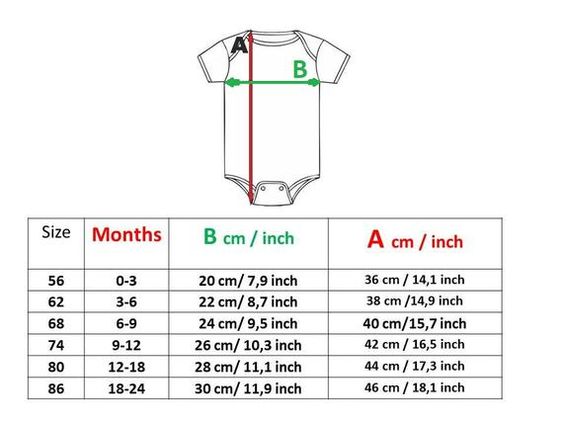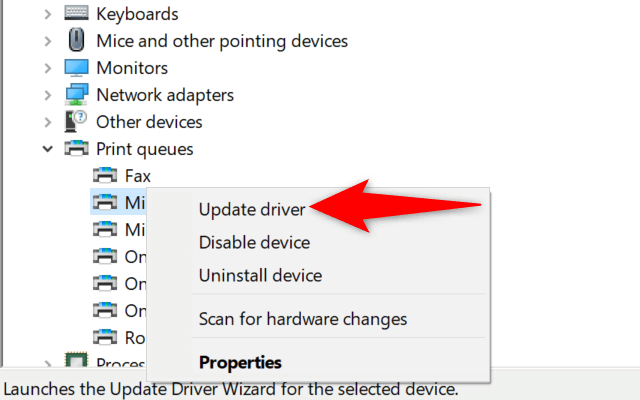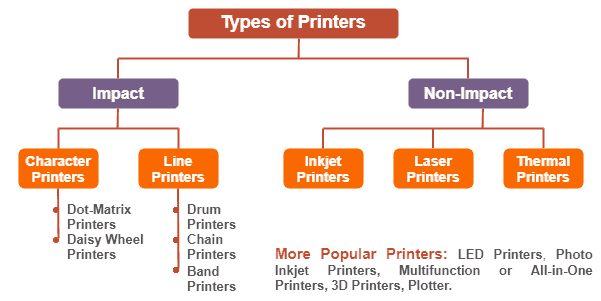Demystifying Baby Clothing: Understanding Size 74
Introduction
Navigating through the world of baby clothing can be overwhelming for new parents, especially when it comes to sizing. Sizes seem to vary between brands and understanding what each figure, specifically 'Size 74', implies can be baffling. This article aims to enlighten you on the subject of baby clothing sizes, spotlighting size 74. Further, it explores how this size differs from others, why it's crucial and offers beneficial tips on choosing perfect Size 74 clothes for your little one.
What Makes Baby Clothes Unique?
Children's clothing is inherently distinct. It's specifically designed with key factors in mind:

- Materials: Baby clothing is usually crafted from super-soft fabrics such as cotton or bamboo to avoid skin irritation, offering comfort to the baby's sensitive skin.
- Room for growth: As babies tend to sprout steadily, the clothes are created with more room for growth and swift movements.

- Size categorization: Unlike adult clothing, baby sizes, such as 'Size 74', are based on age, length, or weight. This distinctive approach is aimed at accommodating the child's rapid growth rate and providing ideal comfort.
What Exactly Does ‘Size 74’ Signify in Baby Clothing?
Unraveling the significance of 'Size 74' may seem complex for first-time parents. Let's decode it together:
'Size 74' essentially indicates the recommended clothing size for babies who have achieved a body growth of approximately 74 cm in length. The corresponding age bracket for such babies is usually around 9 to 12 months, based on their developmental pace. This, however, is not a conventional rule as every child grows at a unique rate, and so individual growth patterns can vary.
Contrasting 'Size 74' Against Other Baby Clothing Sizes
The world of baby clothing sizes is indeed vast and varies drastically. Let's explore how 'Size 74' differs from others:
1. Age Correspondence: Size 74 is typically geared towards babies between approximately 9 to 12 months of age. Sizes for younger infants are usually smaller and meant for lesser mobility, while those for older babies or toddlers align with their increased activities.
2. Growth Phase: This particular size is designed to accommodate the fast growth phase of babies in this age group. They usually have more room for growth as compared to smaller sizes but are not as big as toddler sizes.
3. Design Variations: As babies start to gain more control over their movements around this age, 'Size 74' clothing may start introducing more intricate designs and lesser snap buttons compared to smaller sizes.
4. Weight Assumption: The typical weight assumption for Size 74 usually lies within the bracket of 14-21 lbs (6.5 - 9.5 kg). This, however, might fluctuate, contingent on the brand and region.
Remember, these are generalized guidelines and not stringent rules. Always consider your baby's unique size and comfort when picking clothes.
Why is Understanding the Size – Especially Size 74, Crucial for Parents?
Evaluating the Effects of Fit and Misfit in Baby Clothes?
Comprehending baby clothing sizes, especially 'Size 74', is fundamental for parents. Essentially, 'Size 74' clothes are tailor-made for babies typically aged 9 to 12 months. The design of this size, being larger than infant sizes and smaller than toddler sizes, allows ample room for babies at this stage of rapid growth and increasing mobility. The wrong size, however, can lead to several issues.
A few potential impacts of well-fitted and ill-fitted baby clothes are:
- Comfort: Right-sized clothes provide maximum comfort for the baby. In contrast, clothes that are too tight can be uncomfortably restrictive, whereas excessively loose clothes can also cause discomfort.
- Safety: Well-fitted clothes are safer, with less chance of causing accidents. Overly loose clothes, on the other hand, can be hazardous, increasing the risk of trips and falls.
- Temperature Regulation: Properly sized clothes help in maintaining the baby's body temperature. Clothes that are too large can make the baby cold, whereas overly tight clothes might make them too hot.
- Motor Skill Development: Appropriate 'Size 74' clothing for babies around the age of 9 - 12 months can facilitate mobility, aiding in their developmental process. Ill-fitted clothes can restrict movement and hamper motor skill development.
Therefore, understanding 'Size 74' can help parents make the right clothing choices for their babies, maximizing comfort, safety, and aiding developmental milestones.
How to Choose the Perfect Size 74 Clothes for Your Baby?
Top Advice on Purchasing Size 74 Baby Attire and Steering Clear of Typical Sizing Errors
Selecting the ideal clothing size, specifically 'Size 74', is a crucial task for parents. Successful shopping for baby clothes requires preempting common sizing errors and knowing the right items to pick. Here's some practical advice:
1. Know Your Baby's Measurements: Start by knowing your infant's weight, height, and body portion measurements. While 'Size 74' usually corresponds to an apt size for babies around 9 to 12 months, your child's proportions might differ. Customarily, 'Size 74' suits babies with a body length of about 74 cm, and the corresponding weight often lies somewhere between 14-21 lbs (6.5 - 9.5 kg).
2. Account for Growth Spurts: Babies grow rapidly during their first year. Therefore, it’s a good idea to purchase clothing a bit larger than your baby’s current size. This will help to accommodate any sudden growth spurts, and your baby will be able to use their 'Size 74' outfits for a longer duration.
3. Brand Preferences: Keep in mind that different brands may have slightly different interpretations of sizes. If your baby has previously worn a specific brand's 'Size 68', this could be a good starting point for choosing their 'Size 74'.
4. Comfort over Aesthetics: Always prioritize comfort over style. Dresses, rompers, or dungarees in 'Size 74' might look cute, but ensure they offer comfort and easy movement for your little adventurers who will likely be busy crawling, sitting up and trying to walk around this time.
5. Look for Adjustable Features: Shopping for clothes with expandable and adjustable features like waistbands, shoulder straps, or elastic parts will provide a perfect fit even if the size is slightly off because they can be resized easily as your baby grows.
By keeping these top tips in mind when shopping for 'Size 74' baby clothes, you will not only help your baby stay comfy and safe but also ensure the outfits will last longer, maximizing the value out of your purchase.
Conclusion
Correctly sized clothes ensure your baby's comfort and freedom of movement, and help prevent rashes caused by friction from tight clothing. On the other hand, clothes that are too loose can increase the risk of accidents as the baby might trip over them. Moreover, oversized clothes can hinder body temperature regulation.
Related FAQs about what is size 74 in baby clothes
What are some considerations when choosing Size 74 clothes for my baby?
When choosing Size 74 clothes, consider your baby's measurement, anticipate growth spurts, consider brand preferences, prioritize comfort over aesthetics, and look for adjustable features. Understanding your baby's size and comfort needs will ensure a pleasing clothing experience.
How does Size 74 in baby clothes differ across brands?
Size 74 in baby clothes may vary slightly across brands. While some brands might base it on age, others might go by baby's body length or weight. Each brand has its sizing guidelines, and it's advised to check the size chart for accurate measurements.
What factors other than age and weight can affect a baby's clothing size?
Factors other than age and weight affecting baby's clothing size include the baby's specific growth pattern, body proportion, comfort preference, and activity level. Babies grow differently, so always measure your baby's height, weight, and body proportions for an accurate clothing size.







